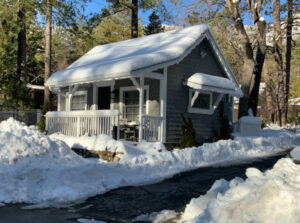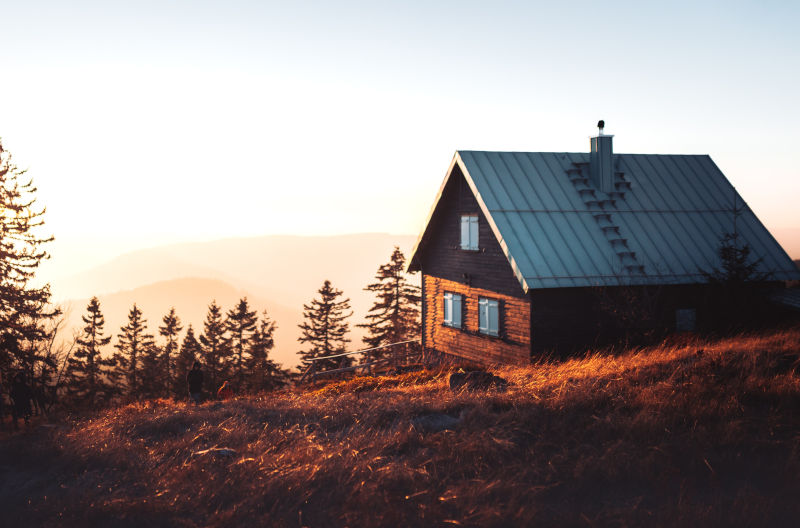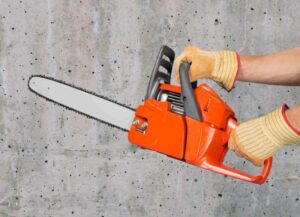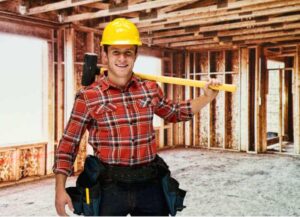You can’t really put a price on protecting your home from long term damage. So, if your house is made of weatherboard, can you still render over it?
The choice to render a weatherboard house is difficult because most material won’t bind well with it. However, using acrylic rendering is the best approach to protect your weatherboard house if rendering is your desired method. Otherwise, cladding is a much better protective option for a weatherboard house.
It’s not as simple as just rendering over the weatherboards on the exterior of your house. There will need to be extra steps involved and more aspects to consider. Read on to find out more.
What is the best render for weatherboards?
The most common material used for rendering is cement. It’s a strong, insulating material that protects your home from the elements. However, cladding a weatherboard house with cement really isn’t practical. Wood just isn’t a good substrate for cement to set.
 But there are other choices. One option is some form of cladding, instead of rendering. It serves essentially the same purpose of protecting the exterior of your house. The only real difference between cladding and rendering is that cladding usually refers to something dry that is fitted. Render is a wet coat that is applied. Cladding is very commonly done with wooden structures, and there is typically a particular kind of cladding for the material your home is made of.
But there are other choices. One option is some form of cladding, instead of rendering. It serves essentially the same purpose of protecting the exterior of your house. The only real difference between cladding and rendering is that cladding usually refers to something dry that is fitted. Render is a wet coat that is applied. Cladding is very commonly done with wooden structures, and there is typically a particular kind of cladding for the material your home is made of.
That said, rendering is still definitely an option. Acrylic rendering is typically the best choice for rendering material on the advice of expert renderers. Using plastic instead of cement gives the render a much more lightweight and flexible material. It binds well to wood and is applied more like a coat of paint than a wall of cement. But if cement is looking like your best option, then a new heavy-duty cement mixer might just be your new best friend!
Acrylic still can’t just be applied right onto the material, though. You’ll need a substrate on top of the weatherboard to allow the acrylic to breathe. Mesh, or some similar material, stops rain and other moisture from getting trapped underneath and damaging the wall. Rendering is great rain protection for any house, it just takes a few extra steps when it comes to weatherboards.
So, with all that in mind, rendering a weatherboard house might seem like a very complex process. Given that there are other options to achieve the same benefits associated with rendering, is rendering a weatherboard house really the best option?
Is rendering a weatherboard house a good idea?
Rendering can be a good idea for a weatherboard house. What’s important is that every step of the process is done with extreme care, and an expert professional is brought in to do the work. You need to be able to safely work outside on your house exterior with someone who knows the correct processes of rendering.
Rendering weatherboard or any kind of wood for that matter is a more complex process than cladding. It is definitely harder than rendering a brick or stone house. This is why professional help is recommended.
Before starting anything, you need to decide what your goals and intentions are for rendering your house. Maybe you want added insulation, added protection against the elements, or you just wanted a new aesthetic look. Exactly what you want out of the rendering will be an important point in knowing which material is best to choose.
For example, if you are just looking to revamp your home’s appearance, some kind of wood cladding may be all you need. If you’re looking for added protection, then rendering is a better choice, just be aware that it will take longer and be more costly.
For pure insulation purposes, there are many alternative options that are cheaper than full rendering services. Foam and fibre insulation fittings for an average-sized home can cost $8,000—much cheaper than the lower end of the rendering spectrum.
How much does it cost to render a weatherboard house?
 To break down the basic costs of rendering, you’re usually looking somewhere from $30 to $50 per square metre of material. On a multi-storey house, it can be more. For family homes, the cladding will cost anywhere from $12,000 to $20,000 depending on the size of your home.
To break down the basic costs of rendering, you’re usually looking somewhere from $30 to $50 per square metre of material. On a multi-storey house, it can be more. For family homes, the cladding will cost anywhere from $12,000 to $20,000 depending on the size of your home.
But, as mentioned, you can’t simply render straight over the weatherboard. It will need to be altered first somehow to allow the rendering to be properly applied. This can cost more, depending on how exactly you want the house rendered.
Something that has been advised by some is replacing weatherboard with a material like styrene, which is designed to be rendered. The cost of this, again, will vary depending on your house, but it’s likely to be a cost on top of the cost of rendering.
How will render protect weatherboard house?
The main purpose of rendering is to protect the exterior of the house from damage over time. Any wall that is exposed to the elements will have a toll taken on it, by wind, rain, and general erosion. Over time it becomes damaged and needs to be fixed.
Rendering prevents this by covering the exposed building material in another, more protective material, like acrylic. This prevents wooden weatherboard from becoming damp in the rain or being damaged by cold or wind.
Wooden houses are prone to many kinds of damage, and rendering is a good way to protect against this. This is the main purpose of rendering.
Rendering does have other uses and benefits too, though. As mentioned, some people apply rendering for more of an aesthetic purpose, and it means you don’t need to paint again. It also provides some degree of insulation.
Whether or not rendering is best for you will depend on your own situation—size everything up and make a decision.
Wanting to learn a bit more about weatherboard houses? We have a list of weatherboard house pros and cons! We can also tell you what you need to know about painting new render. Paragon Tools Australia is proud to provide workers with quality bricklaying, grinding and cutting tools for their construction needs.




